Interface Standards
G.703 defines the electrical specification for ‘E1’ (or CEPT-E1) telecommunication lines used in Europe (and other territories operating networks using E1 lines) for services including primary rate ISDN.
ANSI T1.403 defines the electrical specification for ‘T1’ telecommunication lines used in North America (and other territories operating networks using T1 lines) for services including primary rate ISDN.
Interface Characteristics E1
E1 is a differential communications interface using either two pairs (TX and RX) connected through a single RJ-48C connector (also frequently written as RJ48, RJ-48 or RJ48c and also often incorrectly called RJ-45 or RJ45 – it is an RJ connector with 8 contacts assigned according to specification RJ-48C) or using two coaxial connections (TX and RX) via two BNC connectors. To enable reliable transmission and reception over 1000s of metres of cable between customer premises and telephone exchanges, the data is encoded using HDB3 to produce a bipolar signal with the required characteristics. Note that timing information (i.e. the bit clock) is encoded within the signal to enable the receiver to recover a clock and correctly decode the received data.
Interface Characteristics T1
T1 is a differential communications interface using two pairs (TX and RX) connected through a single RJ-48C connector (also frequently written as RJ48, RJ-48 or RJ48c and also often incorrectly called RJ-45 or RJ45 – it is an RJ connector with 8 contacts assigned according to specification RJ-48C). To enable reliable transmission and reception over 1000s of metres of cable between customer premises and telephone exchanges, the data is encoded using B8ZS to produce a bipolar signal with the required characteristics. Note that timing information (i.e. the bit clock) is encoded within the signal to enable the receiver to recover a clock and correctly decode the received data.
Interface Applications
Telecommunications companies (in the relevant territories) provide and support E1 or T1 services to end-users (usually business customers) in a variety of channel configurations with associated price structures. The organisation of data carried using E1 or T1 services is defined within the G.704 standard.
E1 and T1 lines are used for a VERY wide variety of uses including Voice, Internet Access, X.25, Multiplexed data, ISDN. Both E1 and T1 lines are frequently connected to X.21 or V.35 connections by network interface converters before connection to the communications equipment.
Interface Connector Types and Pinouts
The signals used by applications are marked in bold.
| Signal Name | BNC Connecters (2) | RJ-48C Connector | Supported on FarSync cards (TE1) |
|---|---|---|---|
| Transmit Tip | TX Pin | 5 | Yes |
| Transmit Ring | Shield | 4 | Yes |
| Receive Tip | RX Pin | 2 | Yes |
| Receive Ring | Shield | 1 | Yes |
| RX Shield | 3 | Yes | |
| TX Shield | 6 | Yes | |
| Unassigned | 7 | ||
| Unassigned | 8 |
The E1 standard is supported on the FarSync TE1e communications adapter
